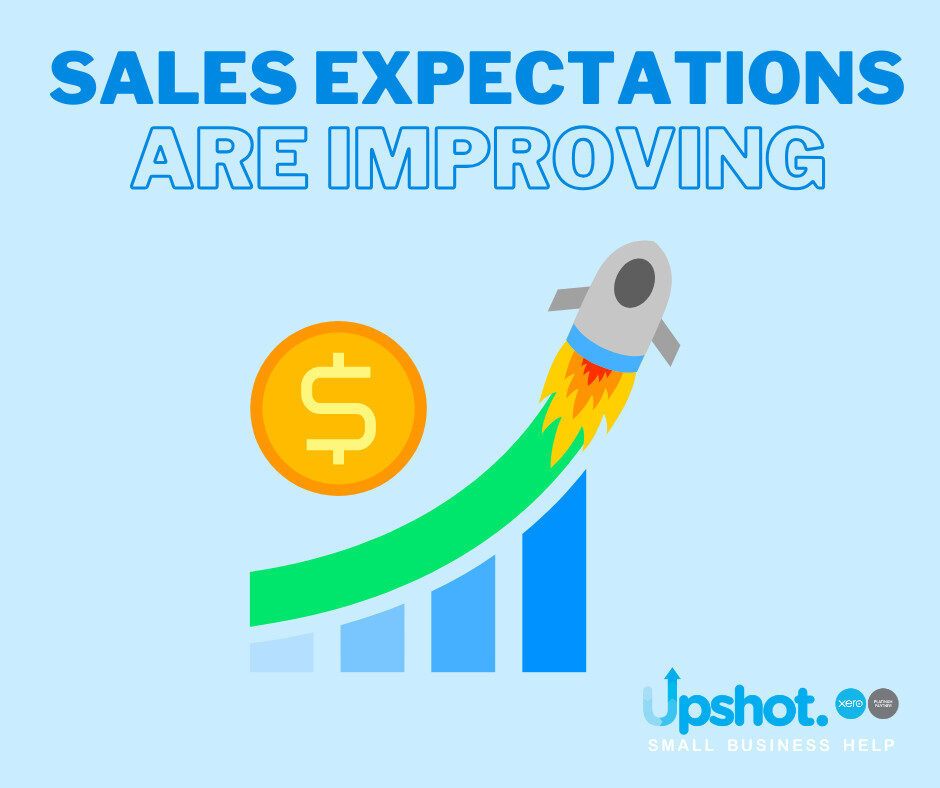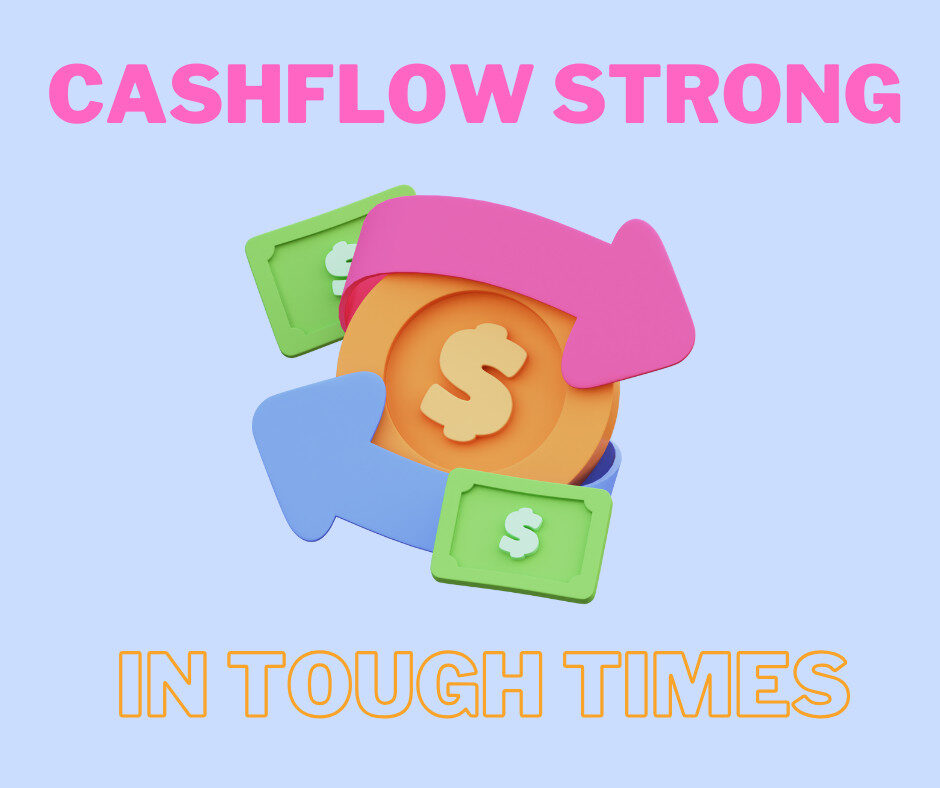To understand the financial position of a business at a specific point of time, look at the balance sheet. The balance sheet may also be called the statement of financial position. Together with the Profit and Loss Statement, and possibly other reports such as the Statement of Cash-flow, these reports provide a complete understanding of the financial position and business performance.
So what’s involved? – The balance sheet has three sections: assets, liabilities and equity.
What are Assets?
Assets are what a company owns and can turn into money now or in the future. On the balance sheet, they are grouped into categories like bank, current assets (used or paid within a year), non-current assets, inventory, intangible assets, and prepayments.
Examples include money in bank accounts, accounts receivable, stock, fixed assets (property, equipment, vehicles), investments, and intellectual property/goodwill. All these have a measurable money value.
What are Liabilities?
Liabilities are what a business owes to others, like suppliers/creditors, for goods or services already received. They can also include money received upfront for services the business hasn’t provided yet. Liabilities are grouped into current liabilities (paid within a year) and non-current liabilities. Examples include unpaid bills, payroll costs, customer deposits, and loans.
What is Equity?
Equity includes retained earnings and sole trader funds introduced, and drawings. The value of the equity equals assets minus liabilities.
NOTE:
In a company introduced funds and drawing are reported under Liabilities.
Transactions that affect profit and loss accounts also affect balance sheet accounts. For example, providing a service increases the accounts receivable balance, which therefore increases the equity.
Need more information?
Talk to us. Get the complete picture of your business performance and financial position, regardless of what stage of business you are at.



